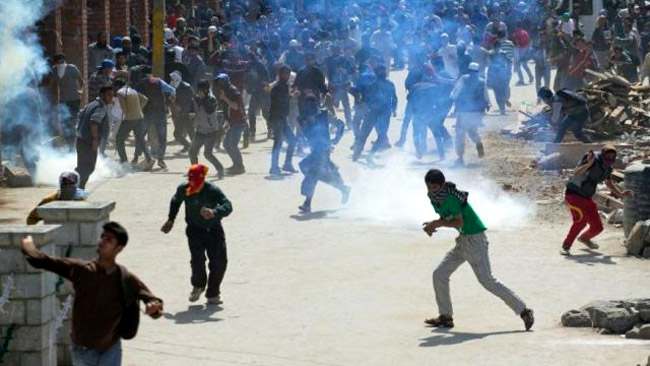Psychiatric morbidity proportional to severity and site of injury, most common in cases of eye injury
JK News Today
Srinagar, April 17:
Since the 2016 public uprising in Kashmir, 325 pellet victims have been treated for psychiatric disorders at associated hospitals of Government Medical College (GMC) Srinagar.
According to a study done by the Department of Psychiatry, GMC Srinagar, 85 percent of 380 pellet victims examined during this post-2016 uprising period were found to be suffering from various psychiatric disorders.
The study found that the majority of the pellet injured (68.4%) had suffered eye injury. Less than half (42.37%) of them had suffered grievous injury in the eyes.
The study titled ‘Psychiatric Morbidity in Pellet Injury Victims of Kashmir’ says that 92.92% of the patients with eye injuries were diagnosed with a psychiatric disorder, as compared to 70% patients who had injuries other than in eyes.
Of the total number of pellet injured persons, 85% had developed psychiatric disorders and were treated at hospitals.
“Depression was the most common psychiatric disorder (25.79%) followed by Adjustment disorder (15.79%), 9.21% had PTSD, while hypomania was the least common psychiatric disorder (2.11%),” the data revealed.
The hospital-based cross-sectional research was conducted over a period of 2 years, involving 380 pellet injury victims from Orthopaedics and Ophthalmology departments of GMC Srinagar.
“All patients underwent detailed psychiatric screening based on Mini-International Neuropsychiatric Interview (MINI plus and MINI-kid). Diagnostic and Statistical Manual (DSM-5) was applied to confirm the diagnosis,” it said.
The study said that psychiatric morbidity was found in pellet injured victims proportional to severity and site of the injury.
“Patients with pellet injury should be screened for psychiatric symptoms and managed to improve the quality of life,” the study recommended.
Pellet guns as a form of “non-lethal weapons” were introduced by authorities in Kashmir in 2010 to quell civilian protests. The gun fires a cluster of small, round-shaped pellets with high velocity which do not have a predictable trajectory and can cause unexpectedly severe injuries.
According to the author of the study, Dr Saleem Yousuf, there are very few studies on the physical consequences of pellet injuries and the psychological ramifications were only documented by this study.
“We aimed to assess prevalence of psychiatric symptoms among victims with pellet injury. A further aim was to evaluate psychiatric morbidity in pellet injury victims in Kashmir valley,” he said.
The study was part of a post-graduate research done under Prof Arshad Hussain (guide) and Dr Sajad Khanday and Dr Asif Sultan `




